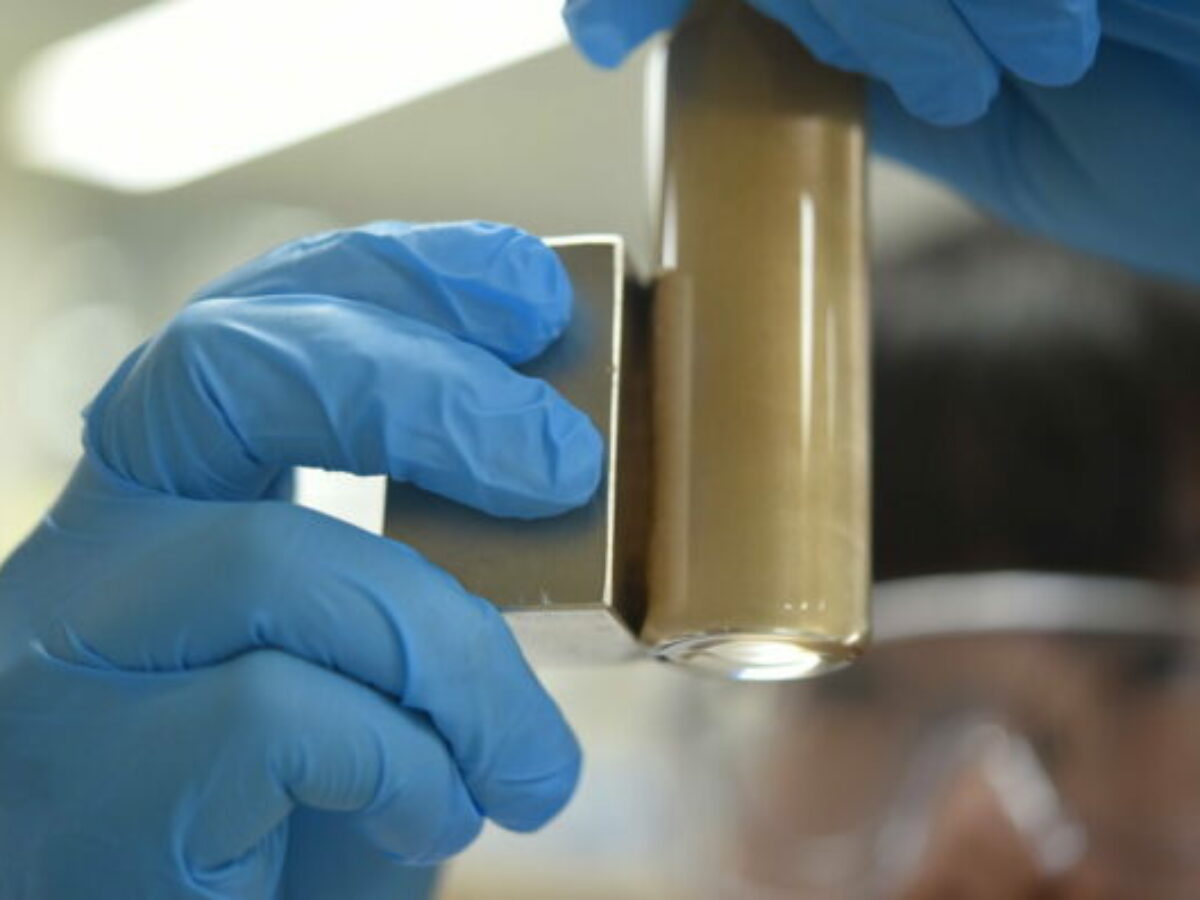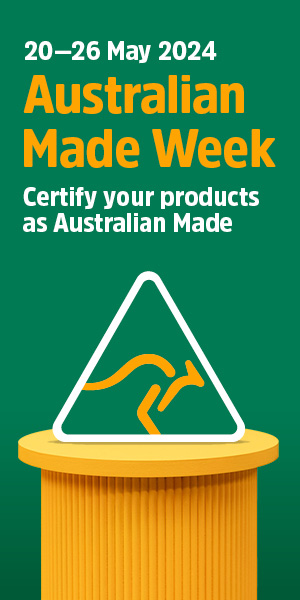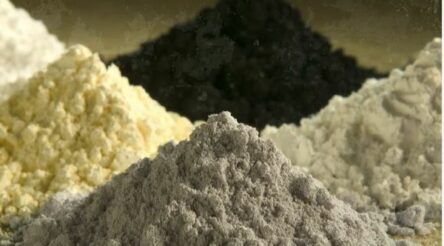UQ PFAS removal invention moves towards commercialisation

University of Queensland researchers are looking to commercialise a new technique they say is able to remove 95 per cent of PFAS from contaminated water in under a minute.
PFAS (per- and polyfluoroalkyl substances) are a group of over 4,000 chemicals that have been used in consumer products since the 1950s, though have more recently been identified as harmful.
Existing methods of water decontamination were time-consuming and required their own power source, said polymer chemist Dr Cheng Zhang.
Zhang and PhD candidate Xiao Tan from UQ’s Australian Institute for Bioengineering and Nanotechnology have developed a technique described as a “magnetic fluorinated polymer sorbent” which can be reused up to ten times.
“This solution that we developed coats the PFAS particles and then we can use a magnet to attract, isolate and remove them,” said Zhang in a statement on Friday.
“Because our process does not need electricity, it can be used in remote and off-grid communities.”
Zhang said the team will scale up testing and hopes to have a commercially available product in three years.
The team’s work has received support from the Australian Research Council, the National Health and Medical Research Council, the US Department of Defense, and others. It was overseen by AIBN head of research Professor Andrew Whittaker.
PFAS have been used in applications where heat, stain, grease and water resistance is useful.
The federal government has been attempting to reduce the use of certain varieties since 2002.
“Unfortunately, the properties that make some PFAS useful in many industrial applications and particularly in fire-fighting foams, also make them problematic in the environment,” states one Commonwealth website providing information on the subject.
“The PFAS of greatest concern are highly mobile in water, which means they travel long distances from their source-point; they do not fully break down naturally in the environment; and they are toxic to a range of animals.”
Picture: credit UQ
Further reading
NATIVE REED CLEANS UP DANGEROUS PFAS CHEMICALS
Topics Manufacturing News
@aumanufacturing Sections
Analysis and Commentary Awards Defence Manufacturing News Podcast Technology Videos










